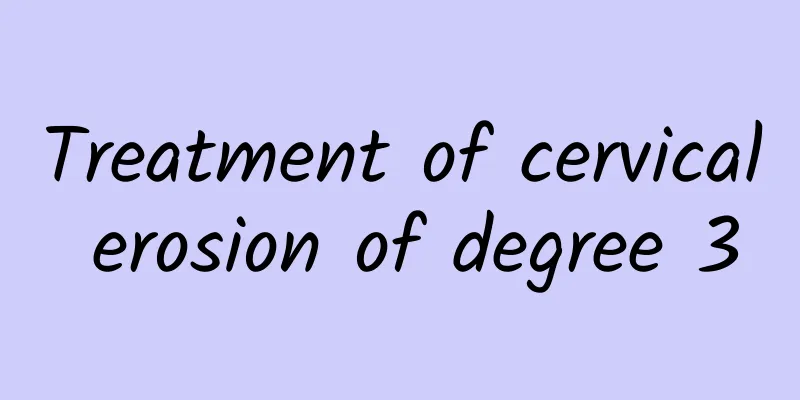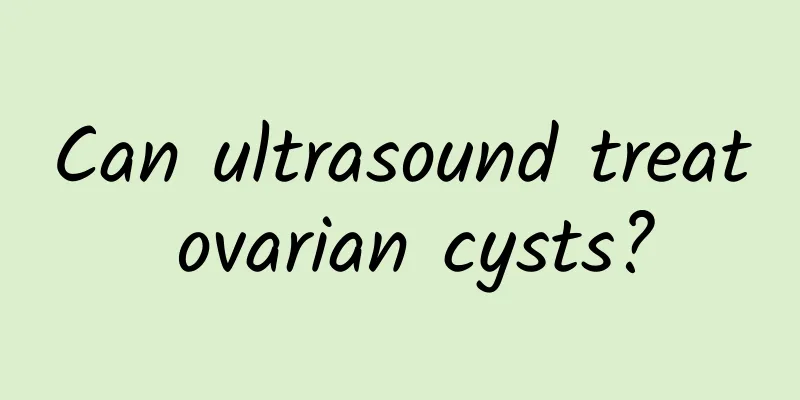What is cervical hypertrophy?

|
Cervical hypertrophy is the enlargement of the female cervix due to chronic inflammation or other causes. It often manifests as increased vaginal discharge and lower abdominal distension. In severe cases, it may affect fertility. Understanding the cause and symptoms as early as possible and scientific treatment can effectively alleviate this problem. The main causes of cervical hypertrophy include chronic cervicitis, hormonal imbalance, pathological changes in genital organs, and cervical injuries caused by childbirth and abortion. If the lesion is mild, it usually manifests as an increase in leucorrhea or changes in texture. Some patients also experience lower abdominal distension or pain. In severe cases, menstrual disorders, infertility and other problems may occur. For treatment, drug therapy is the first choice in the early stage, such as antibiotics for anti-inflammatory and the use of Chinese medicine suppositories to improve cervical tissue. If the condition is more serious, cryotherapy, electric ironing or cervical conization can be selected to remove the diseased tissue, which must be performed under the guidance of a professional doctor. Patients need regular check-ups to ensure that the inflammation has completely subsided. The main causes of cervical hypertrophy include chronic cervicitis, hormonal imbalance, pathological changes in genital organs, and cervical injuries caused by childbirth and abortion. If the lesion is mild, it usually manifests as an increase in leucorrhea or changes in texture. Some patients also experience lower abdominal distension or pain. In severe cases, menstrual disorders, infertility and other problems may occur. For treatment, drug therapy is the first choice in the early stage, such as antibiotics for anti-inflammatory and the use of Chinese medicine suppositories to improve cervical tissue. If the condition is more serious, cryotherapy, electric ironing or cervical conization can be selected to remove the diseased tissue, which must be performed under the guidance of a professional doctor. Patients need regular check-ups to ensure that the inflammation has completely subsided. In terms of prevention and care, maintain good private hygiene habits, avoid excessive washing or use of inappropriate cleaning products. Pay attention to sexual hygiene and avoid excessive or unclean sexual intercourse to cause infection. Avoid cervical injury as much as possible after childbirth or abortion, and treat urogenital inflammation in a timely manner. If abnormal leucorrhea or other discomfort occurs, seek medical attention as soon as possible, receive early screening and intervention to avoid the progression of the disease and affect health. |
<<: What medicine should I take to treat cervical erosion?
>>: Can I get pregnant with pelvic inflammatory mass?
Recommend
What can you eat to treat dysmenorrhea? 4 kinds of food have the effect
Dysmenorrhea is a gynecological symptom. Due to t...
2 teas to lose weight in summer, 3 tips to stay healthy without getting fat
As the saying goes, "Lose weight in summer a...
Symptoms of premature ovarian failure
In fact, premature ovarian failure can also lead ...
What symptoms do uterine fibroids cause?
Uterine fibroids are one of the most common gynec...
Physical health care for menopausal women
Experts say that menopause is a common gynecologi...
Is there a genetic factor for cervical hypertrophy?
There is no clear genetic factor for cervical hyp...
What Chinese medicine should be used for uterine fibroid cysts? Chinese medicine treatment for uterine fibroid cysts
Uterine fibroid cysts are a common gynecological ...
How to treat severe amenorrhea
How to treat severe amenorrhea? For patients with...
What should I do if I have ovarian cysts during pregnancy? What are the symptoms?
Patients with ovarian cysts are often found durin...
Does smoking cause ovarian cysts?
Does smoking cause ovarian cysts? Smoking is harm...
How to treat an ectopic pregnancy
How is an ectopic pregnancy treated? An abnormal ...
How can we avoid the trouble of vaginitis?
We know that vaginitis is usually caused by poor ...
Eliminate fat and sweat slightly 333 exercise method
Maintain the 333 Movement Principles It takes abo...
What is the reason for a large piece of meat to flow out during a miscarriage? What should I pay attention to after a miscarriage?
Spontaneous abortion refers to abortion caused by...
What causes less vaginal discharge and how to treat it?
It is abnormal for women to have too little or to...









